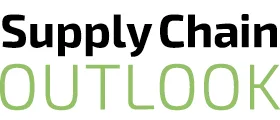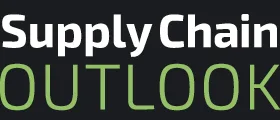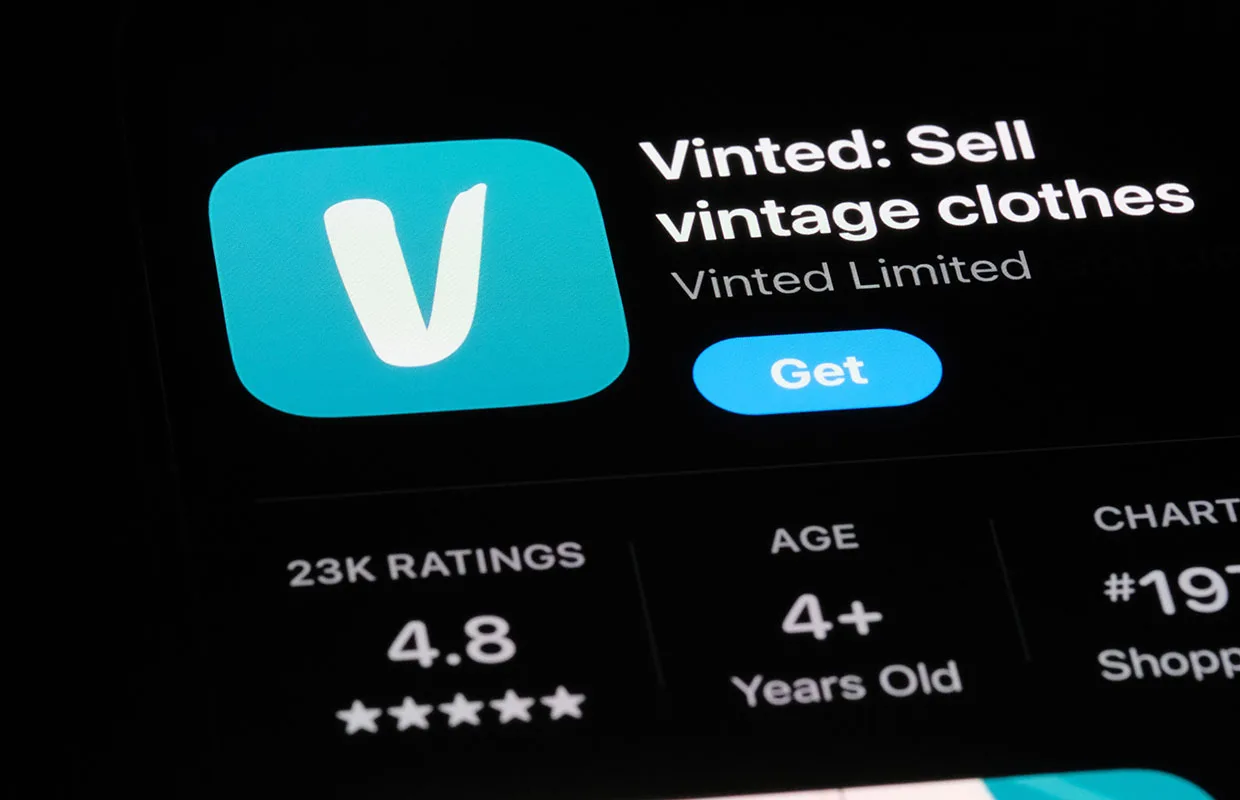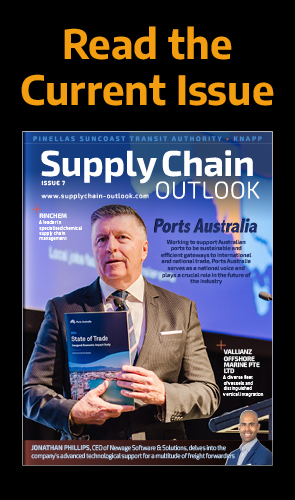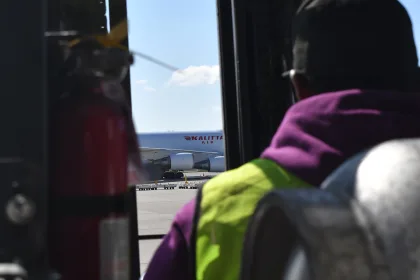On a mission to make second-hand items people’s first choice, Vinted has erupted with popularity over the past few years. We explore the app’s impact on the global supply chain and push for a circular future.
OUT WITH THE NEW, IN WITH THE OLD!
The popularity of second-hand shopping is undeniably increasing as people exit traditional fast-fashion outlets and enter shops that specialise in pre-loved items and vintage pieces.
This resurgence in thrifting, as is the commonly referred to name for the activity, can be credited to a variety of influences. Most notably, the immense rise in the cost of living for the everyday individual and consumer’s desire to spend money in a way that contributes to a circular economy.
As more shoppers recognise the massive detrimental effects that the fast-fashion industry is having on the environment, workers, and their own health, they are turning towards second-hand purchases for everyday items with increasing speed.
This is where companies such as Vinted come into play.
Headquartered in Lithuania and first launched in 2008, Vinted has made a name for itself as an easy-to-use app where users can buy and sell second-hand clothing, household items, gadgets, and more.

The app entered the UK market in 2013 and has since amassed over 16 million users – nearly a quarter of the country’s population. In 2024, the company reported its first-ever profit, alongside a revenue growth of 61 percent in 2023, cementing its status as a game-changer in the towering retail industry.
Having risen from a humble startup to an unparalleled force, Vinted is working to rebrand second-hand shopping as not only socially acceptable but also aspirational. With a streamlined platform and extensive reach, the app is shifting the way many think about their next purchase, influencing people to purchase fewer, longer-lasting pre-loved items instead of higher volumes of cheap, unethical fast fashion.
MAKING SECOND-HAND ASPIRATIONAL
Research has shown that approximately 73 percent of all clothing manufactured ends up in landfill or is incinerated, and according to the Waste and Resources Action Programme (WRAP), there are 1.6 billion items of unworn clothing in UK wardrobes alone.
Researchers estimate that every second-hand purchase saves around 1.25 kilogrammes of carbon dioxide (CO2) emissions and, in total, members of Vinted have saved approximately 679 kilotonnes of CO2 in 2023 alone by buying second-hand through the app – equivalent to 512,000 flights between London and Los Angeles.
A March 2024 report from ThredUp – an online consignment and thrift store – estimates the global second-hand apparel market will be worth USD$350 billion by 2028 and will comprise 10 percent of the global fashion market by the end of 2025.
Despite this uplifting news and desperate need for these numbers to continue growing, there is still an environmental cost, specifically through Vinted’s distribution system and supply chain.
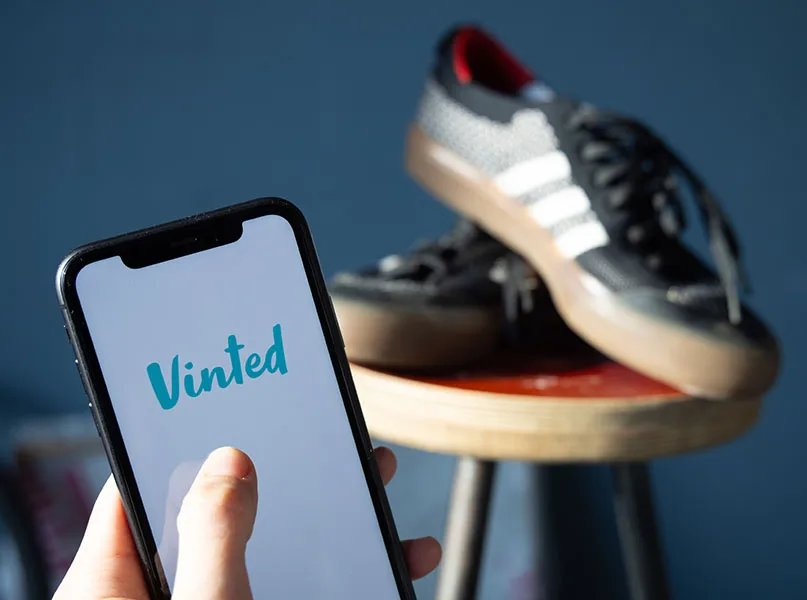
Emissions from the company’s deliveries comprise 98 percent of its total carbon footprint, which was measured at 287,025 tonnes in 2022. To reduce emissions from its operations, Vinted has submitted science-based targets in collaboration with the Science-Based Targets initiative (SBTi), which help meet the goals set out in the Paris Agreement.
Addressing its carbon footprint, the app is investing in lower-carbon delivery options for Vinted Go and other carriers. In an effort to make its deliveries as efficient as possible, the company is focusing on the last leg of a package’s journey, as its research shows that shipping to pick-up points helps to reduce emissions.
Pick-up point deliveries require fewer trips, combining the emissions of several orders into one. In 2022, Vinted reported that 75 percent of orders were collected from pick-up points, and the company is working on increasing this number by adding more Vinted Go lockers and its own parcel shops to make it easier for members to send and collect deliveries in a less carbon-intensive manner.
Vinted Go uses electric vehicles (EVs) to ship parcels from warehouses to pick-up points in nearby cities. This is possible through charging points at its warehouses and partnerships with suppliers of EVs or cargo bikes.
The company’s current challenge is long-distance deliveries, as it is unable to rely on EVs for them. Vinted is in the process of testing long-distance electric vans and intends to fully utilise them as soon as the option becomes available. Ultimately, the company is seeking to drastically cut emissions to maximise its positive impact on the planet.
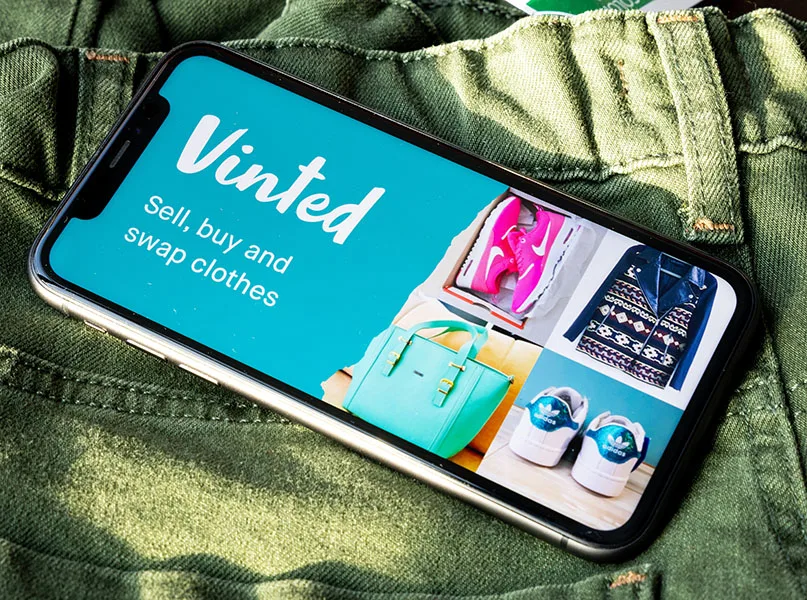
REDEFINING THE MODERN WARDROBE
With the reverse commerce (recommerce) market rapidly growing across the globe, Vinted is in an ideal position to ride this wave of expansion with expertise.
Driven by a combination of economic necessity and an expanding desire for easily accessible, sustainable choices, the company offers a unique opportunity for consumers by merging value, variety, and convenience in one app.
Vinted is positioning itself as a leading player in a more sustainable future, redefining how individuals shop and how the supply chain industry is adapting to fit this new, eco-friendly mould.
Approximately 65 percent of the app’s members have a quarter or more of their wardrobes made up of second-hand items, and this number is only continuing to grow. Equally, the majority of users state they prefer to buy fewer, more expensive, and lasting fashion items, as opposed to higher volumes of cheap ones, making the app’s presence even more pivotal.
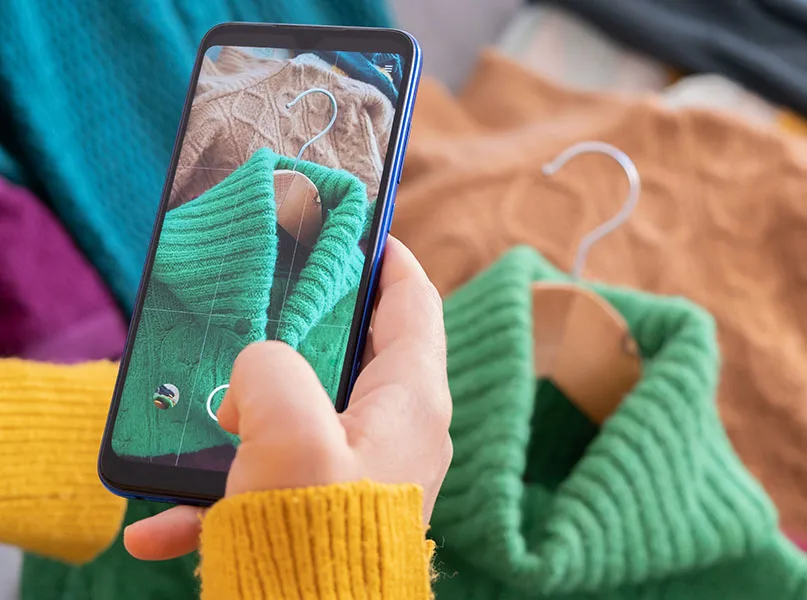
However, despite more consumers turning towards second-hand shopping, the market still remains a relatively small part of the overall fashion industry. Vinted recognises its potential in the years to come and is working to make second-hand items people’s first choice, benefitting both the environment and bringing billions back into the economy and pockets of everyday citizens.
Vinted is a truly unique and revolutionary app in today’s fashion market, providing millions with access to quality items like never before. How it will continue to impact parallel sectors – specifically that of the supply chain – will unfold as it gains popularity and encourages many to rethink their shopping habits.
